Last Wednesday marked the 100th anniversary of Stravinsky's famed Rite of Spring and we jumped at the opportunity to hear the piece performed live. In addition to the Stravinsky, the program was to include a relatively new piece by an American composer and a concerto, featuring a young, 17-year-old soloist. We flipped through our program books in anticipation of the pre-concert talk, one I hoped would include an educational and dynamic look at Stravinsky and the controversial headliner of the evening.
The guest conductor and the evening's featured soloist walked on stage to enthusiastic applause from the crowd that had gathered. The woman conducting the interview began by admiring the young performer's illustrious career and marveling at his accomplishments. I went back to reading my program. When she asked the conductor to tell the audience more about the pieces, I sat up a little straighter. He reiterated what was in the program notes, but focused more on the instrumentation, motivic ideas, and how he first encountered each piece rather than the history or context. Once the talk was over, the orchestra gradually took their place on stage. After tuning, the players and the hall waited in expectation for the conductor to take the podium, someone from the administration came out instead to thank everyone for their contributions this year. Put a note in the program book or make an announcement during the pre-concert talk but walking out on stage right before the first piece? It just seemed like the wrong time to talk about money.
The American piece was inspired by the paintings of an abstract expressionist painter. Each movement introduced a new color and I found myself wishing they had chosen to show an example of the artist's work by printing a few thumbnails in the program book or projecting them on a screen during the pre-concert talk. I found the piece itself to be fairly unimaginative - a series of rises and falls that lacked direction. It was nice enough to listen to for a few minutes but 15 minutes later, the open fifths and repeating motive were not enough to sustain my attention and I did not think the orchestra played their best. Is this why new music gets such a bad rap sometimes?
The concerto had some truly beautiful moments. Though the technical playing was extremely accurate, clear, and precise and the lyrical playing was sweet and captivating, I do not recall anything truly unique about the performance. And yet, the audience gave an instant standing ovation. When did standing ovations become common practice for every concert? For me, standing ovations are for exemplary playing, true musical excellence, an unforgettable performance. Returning to the stage with the audience still on their feet, he sat down at the piano to play an encore. I don't recall ever hearing an encore before Intermission but I prepared my ears for a palette cleanser - perhaps something light, something Baroque? The piece he chose was in the same style as the concerto and several minutes long. So long, orchestra members began to fidget. The final chord was met with another standing ovation. He attempted to play a second encore but the conductor tapped him on the shoulder and motioned backstage.
Steve and I turned to each other at Intermission with the same thought - mental exhaustion. Over an hour of listening to two musical styles very different from the Rite, the piece we really came to hear - it's a lot to take in. Is this what people have come to expect of symphony concerts?
The players took their seats, the lights blinked, and the conductor took the stage with only his baton in hand (he conducted the piece without music). Just before the downbeat, a high-pitched ringing sounded in the hall, seemingly near where we were sitting. People turned and looked around during the opening bassoon solo. The sound (perhaps someone's hearing aid) continued for at least 20 minutes of the 30-minute work - an unfortunate distraction. I was already feeling a bit frustrated and the combination of mental fatigue and the persistent ringing inhibited my reception of the Rite. One thing I had hoped to feel was the orchestra's energy - an excitement and intensity that grabbed me and had me on the edge of my seat. I was distracted and I'm sure the players were exhausted - I can't imagine the mental fatigue they must have felt trying to get through something so intense after such a long first half. It just wasn't a great experience.
Then, I started thinking. "What would have made it better? What can be done differently in the future? How can orchestras engage a more diverse audience, one that includes more young people?" Here are a few ideas:
- Plan shorter concerts. Why do we feel the need to have these epic 2-hour long concerts? If we, as trained musicians struggle to stay focused and attentive, how must those with less musical training feel? It can be overwhelming. What if there were more opportunities for people to hear classical works in programs 45-60 minutes in length?
- Present more engaging pre-concert talks. This is a great opportunity to teach people about the orchestra, the players, and the music on the program. A get-to-know the artists is fine, too but try not to dumb things down for the audience. Teach them. Use media, visuals, and musical examples (recorded or live) to bring the music and its history to life.
- Take more risks in programming. Putting a hefty concerto on the same program as the Stravinsky was a safe move, in my opinion. It guaranteed a certain audience that came only to see the 17-year-old prodigy perform (note: several people left at Intermission). The Stravinsky drew a different audience and I'm not sure the two really worked together enough to be on the same program. The American piece was new music, it's true, but what did that add to the program? It could have served as a palette cleanser between the two larger works but instead it opened the program. Choose repertoire that challenges your players and your audiences to learn about and experience new things.
- Make connections. The pre-concert talk is a perfect time to draw connections between the music on the program and things that are familiar to your audience. Compare the radical response to Stravinsky's Rite of Spring with a current event. Discuss the tenets of abstract expressionism as an artistic movement and illustrate how this is applied in modern composition. Teach the audience what a "motive" is and compare it to something they know. Make this music relevant to your listeners.
Perhaps there are things we can do to change people's expectations of the symphony experience, update the traditional model, and engage people of all ages. Perhaps "a night at the symphony" can be more than just something you do once you reach retirement. Perhaps it really can be for everyone.



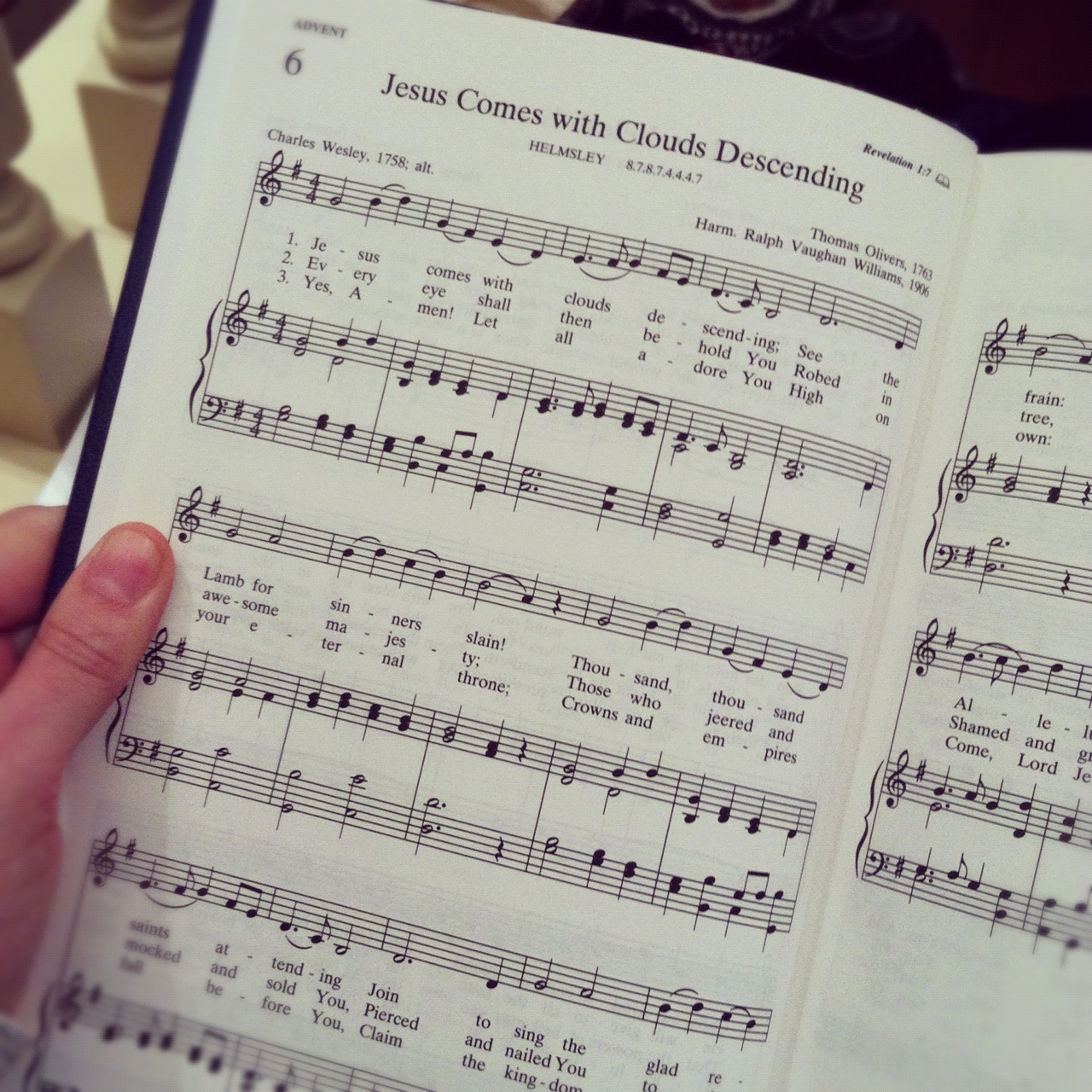 Now that we've talked about
Now that we've talked about 








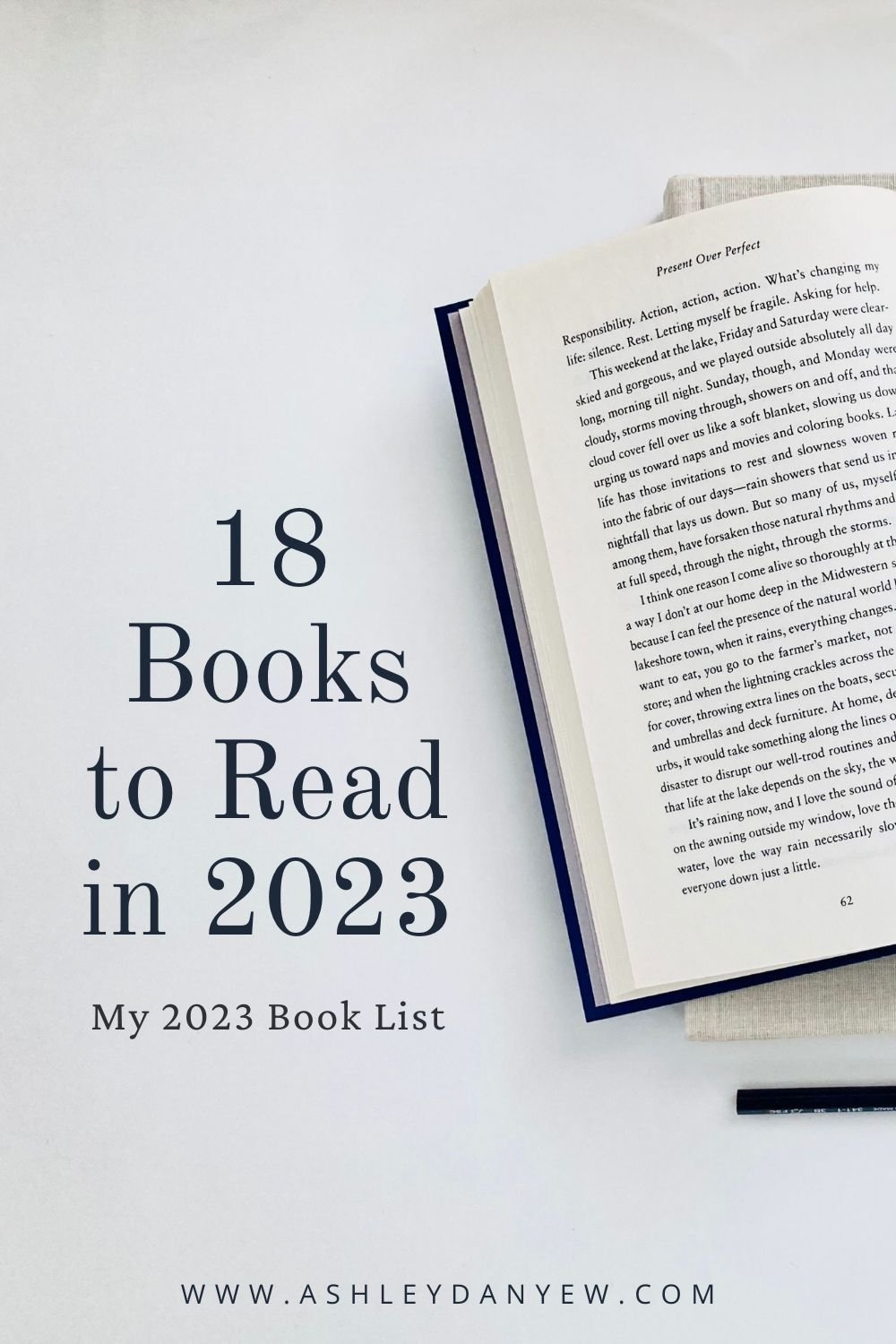



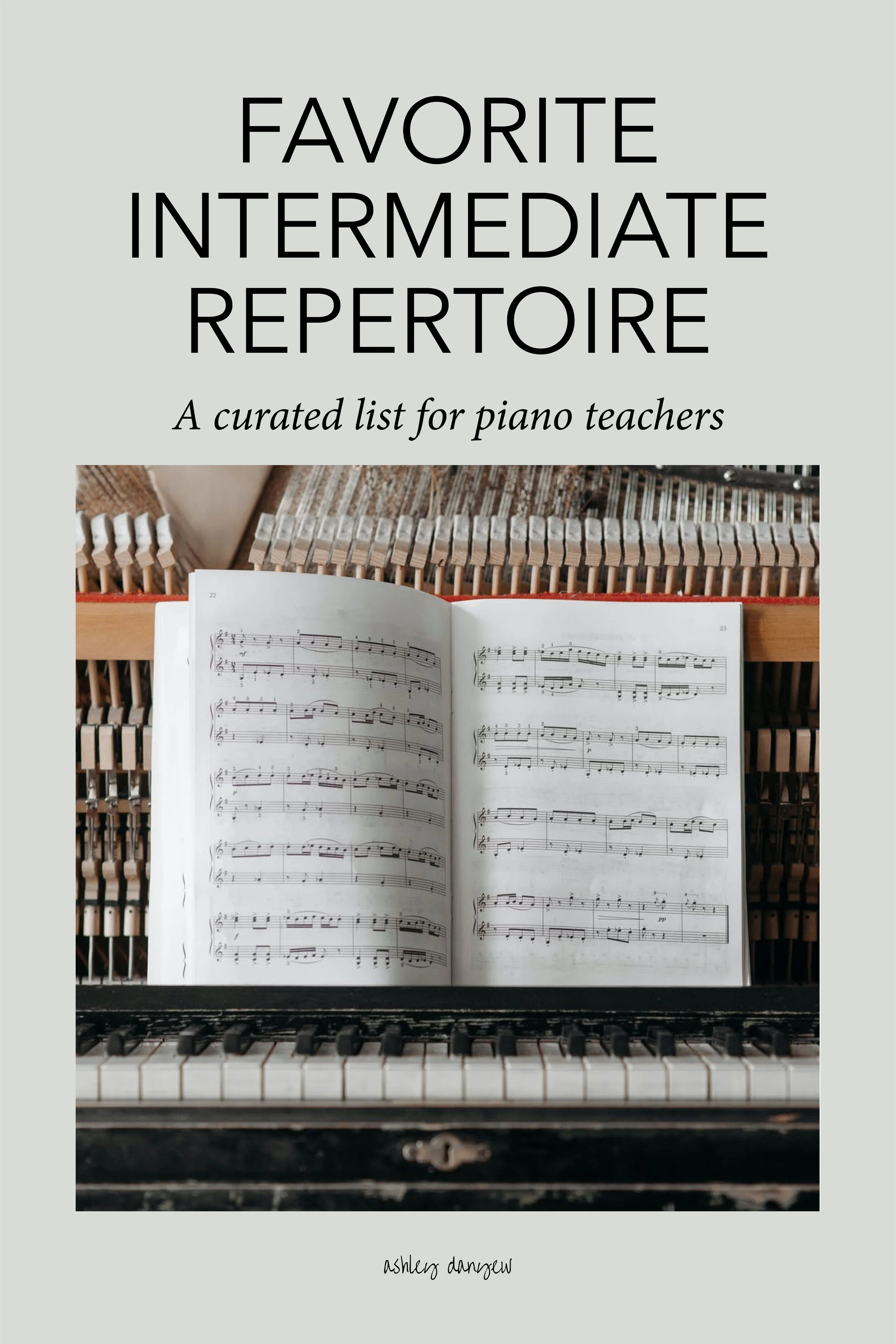
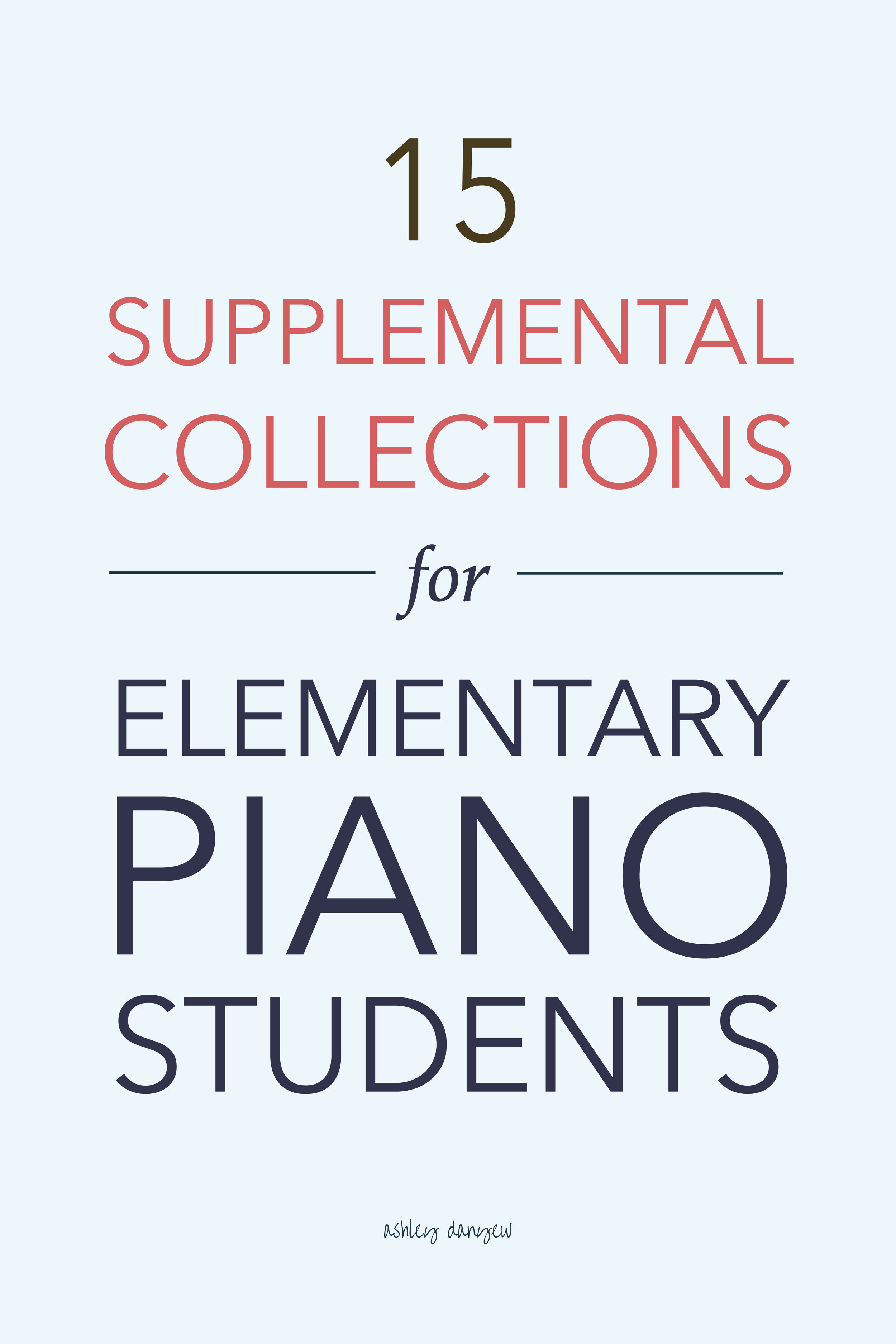

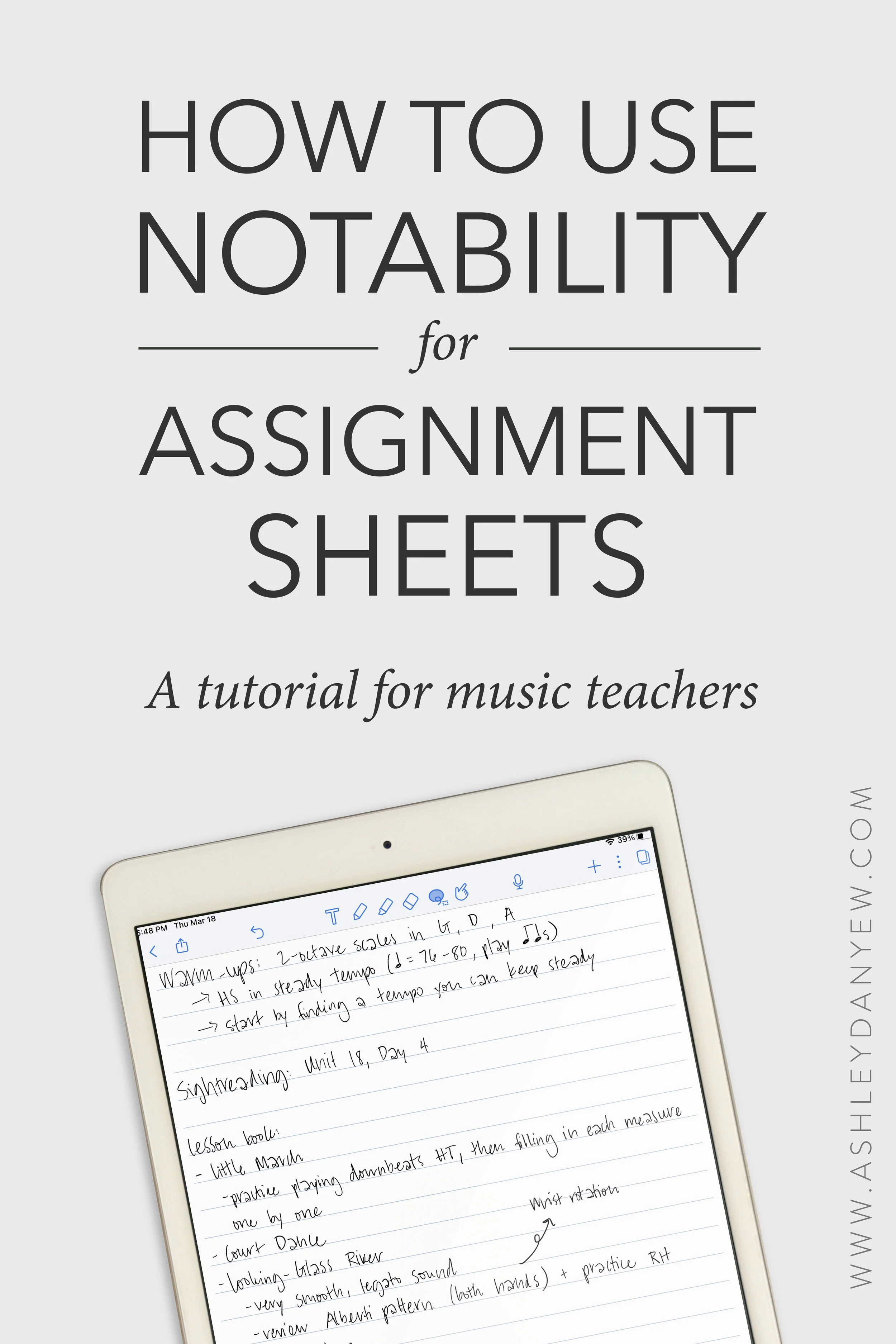
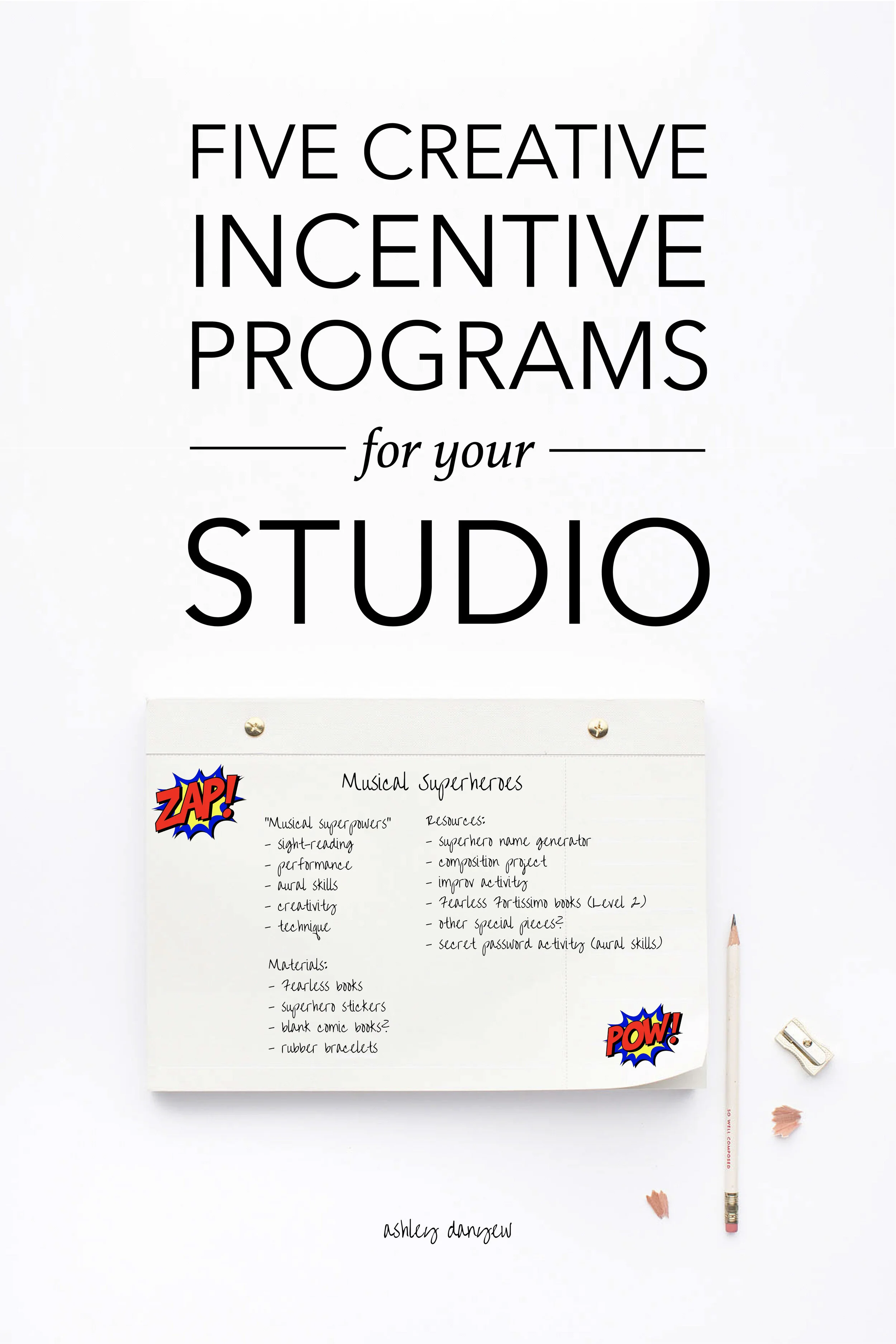


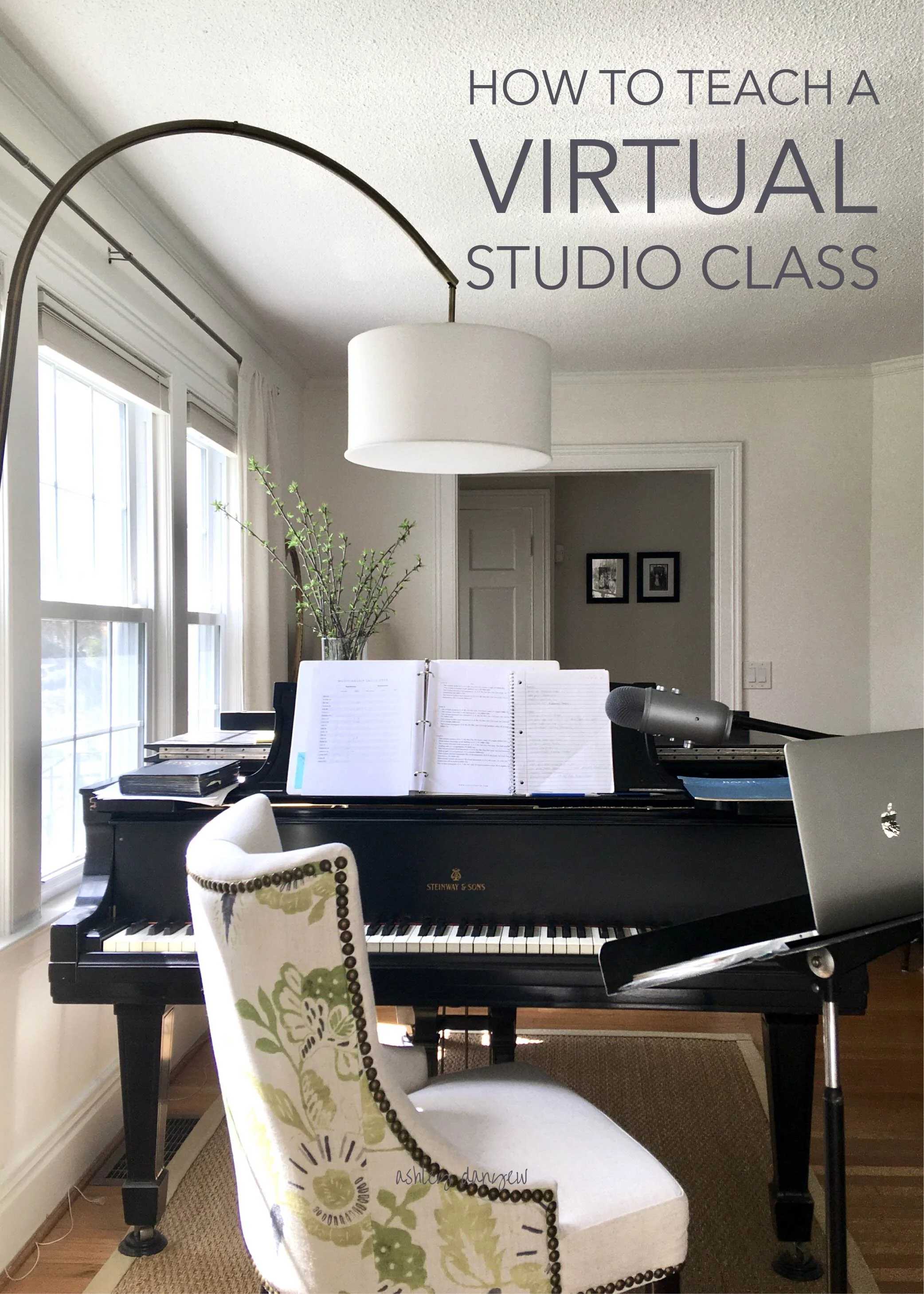
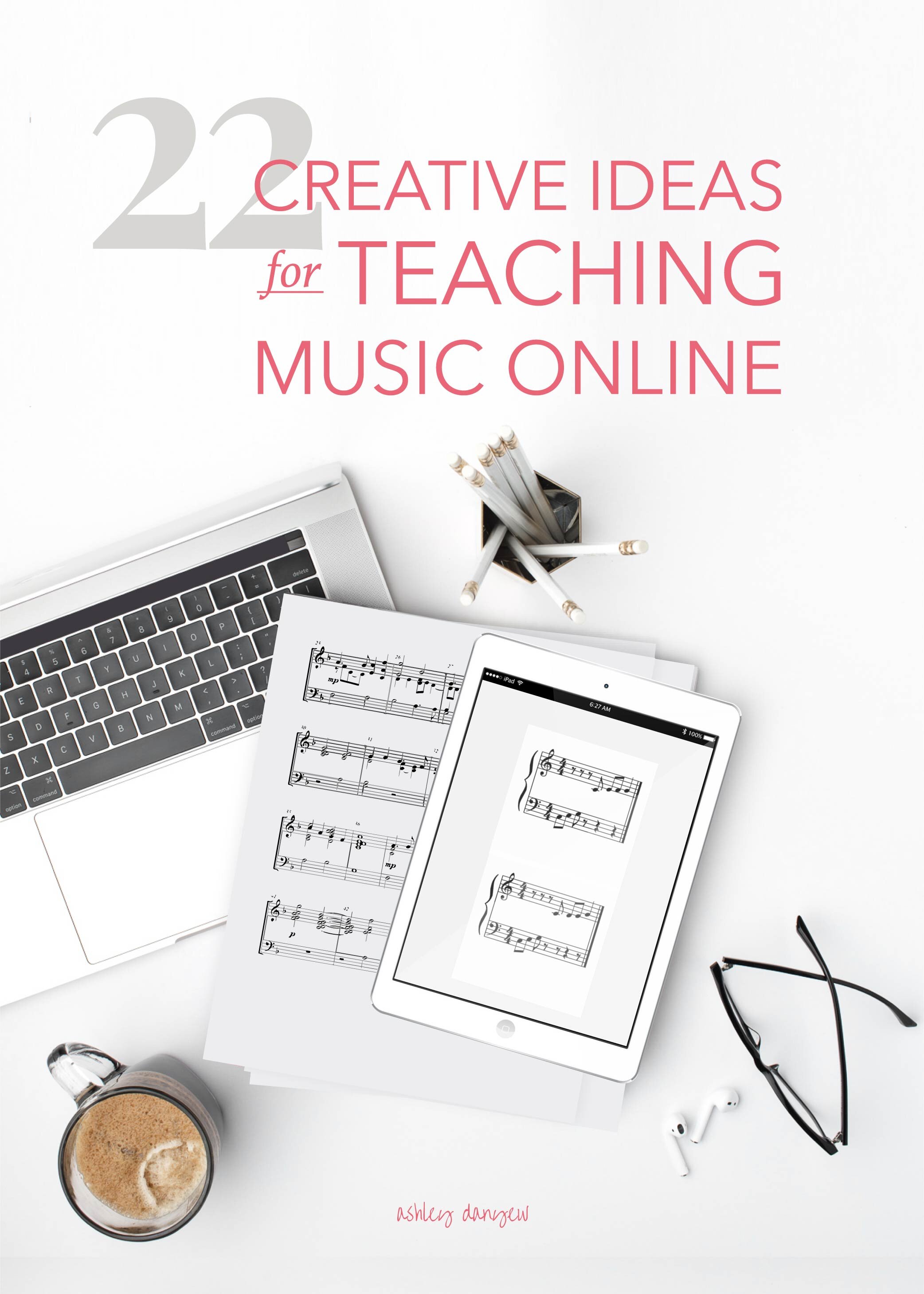
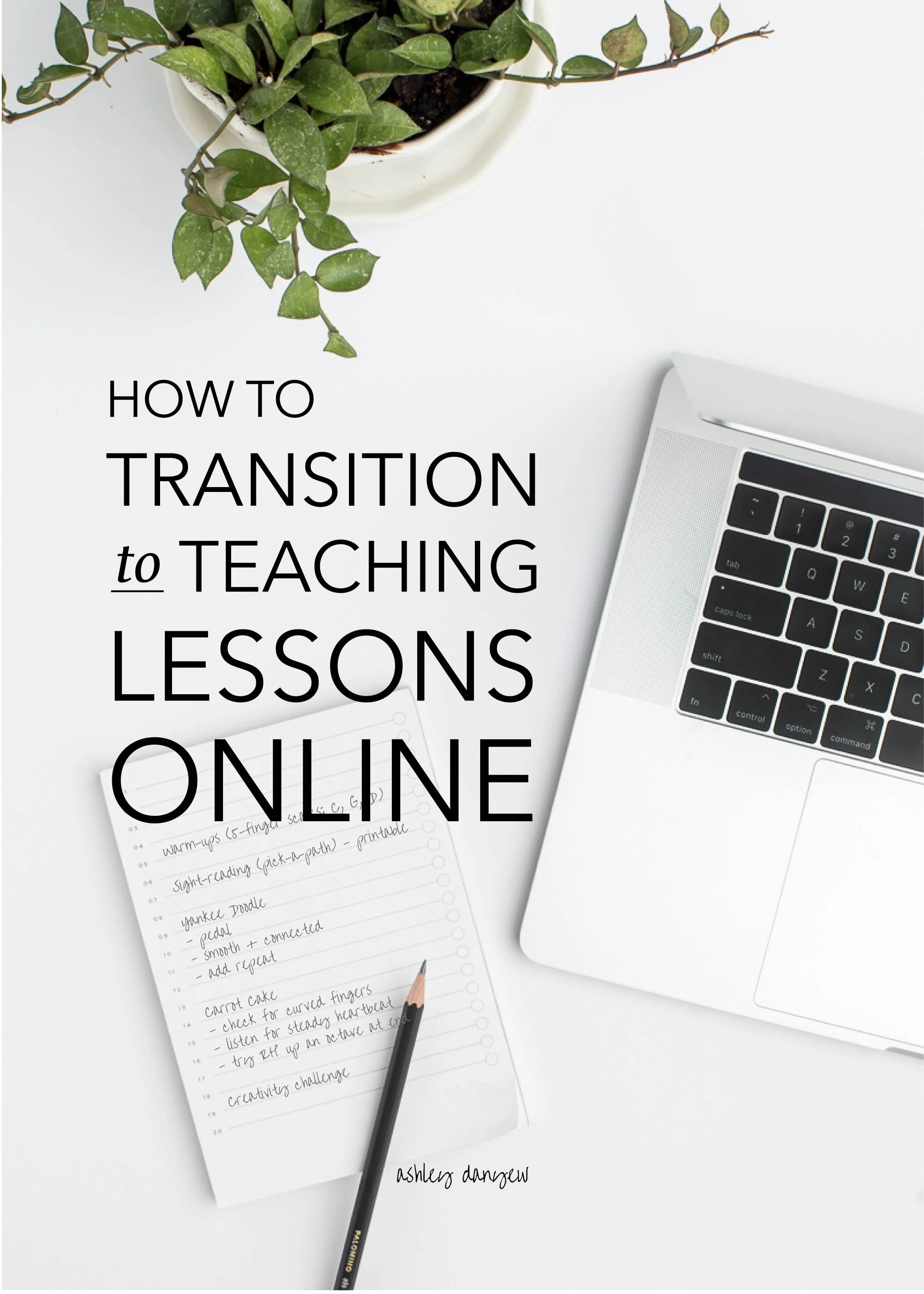









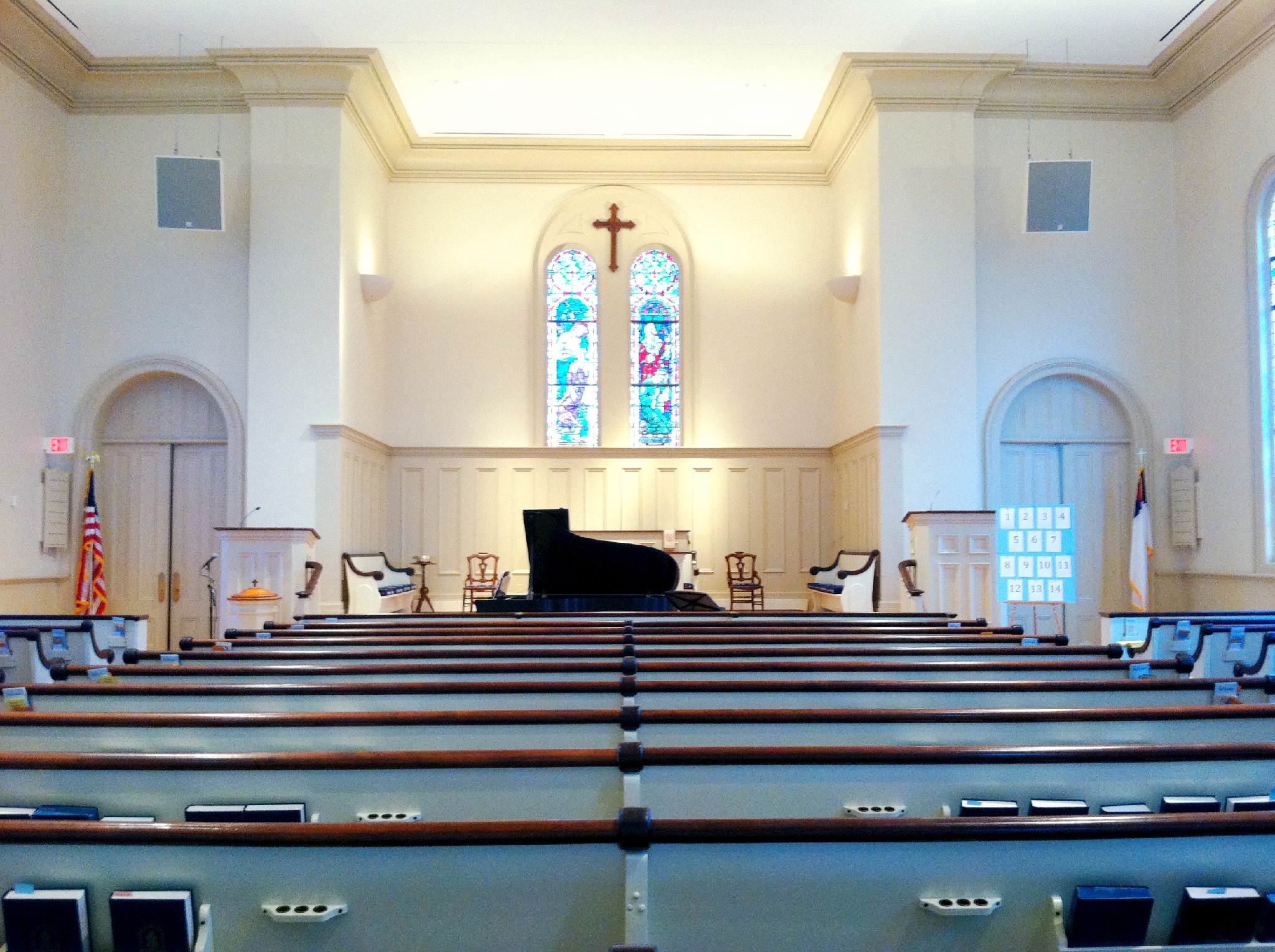
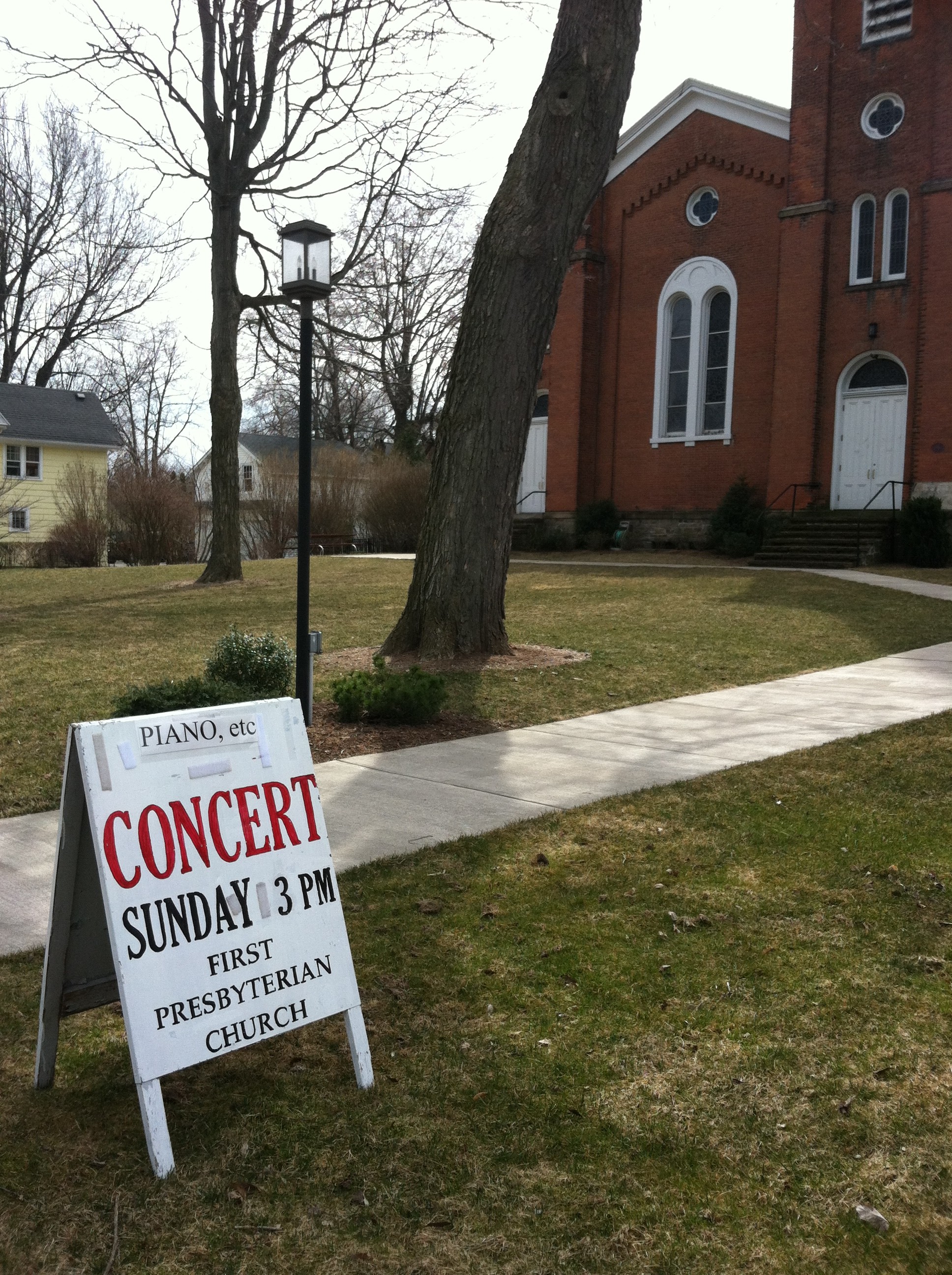
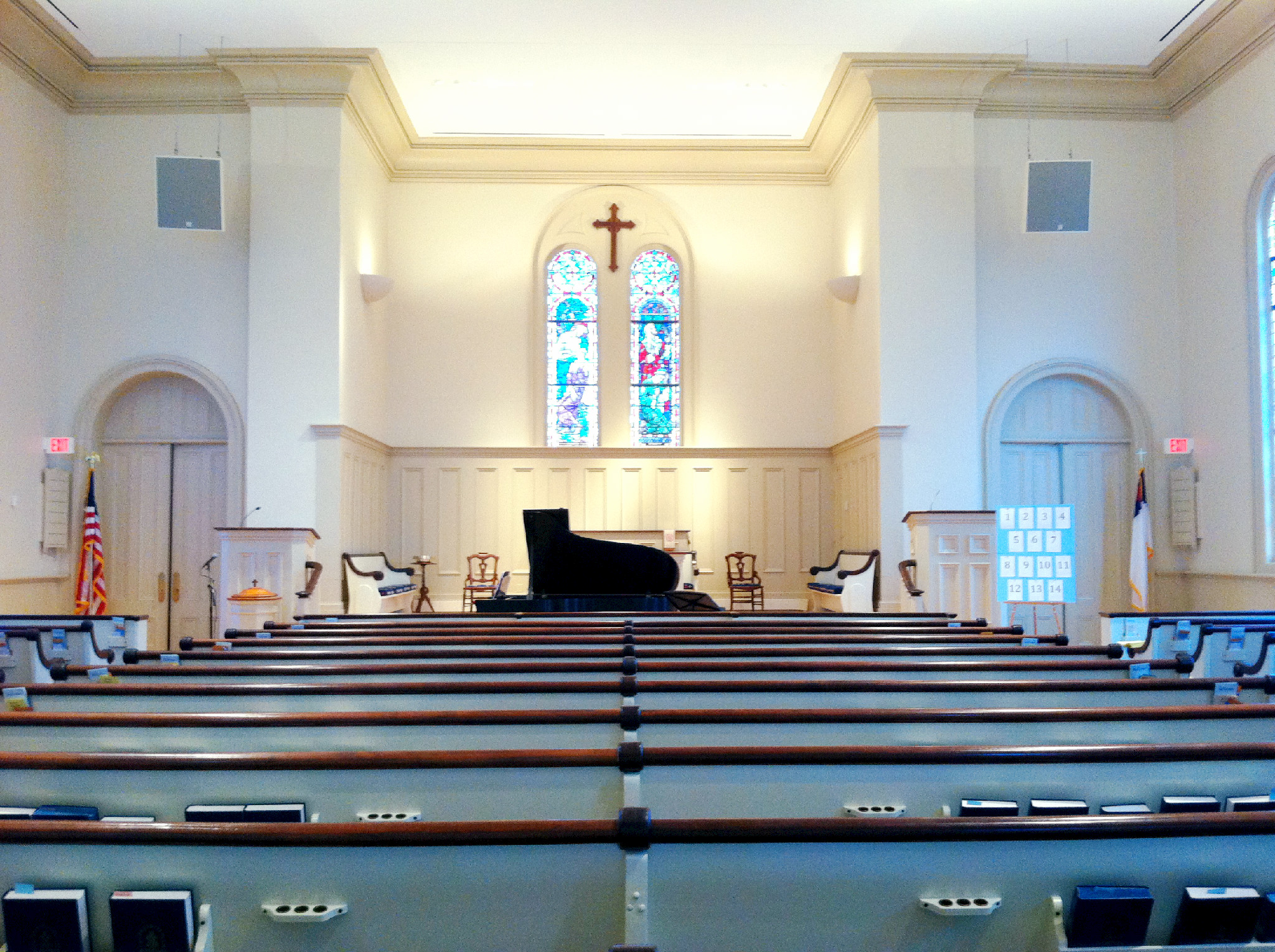
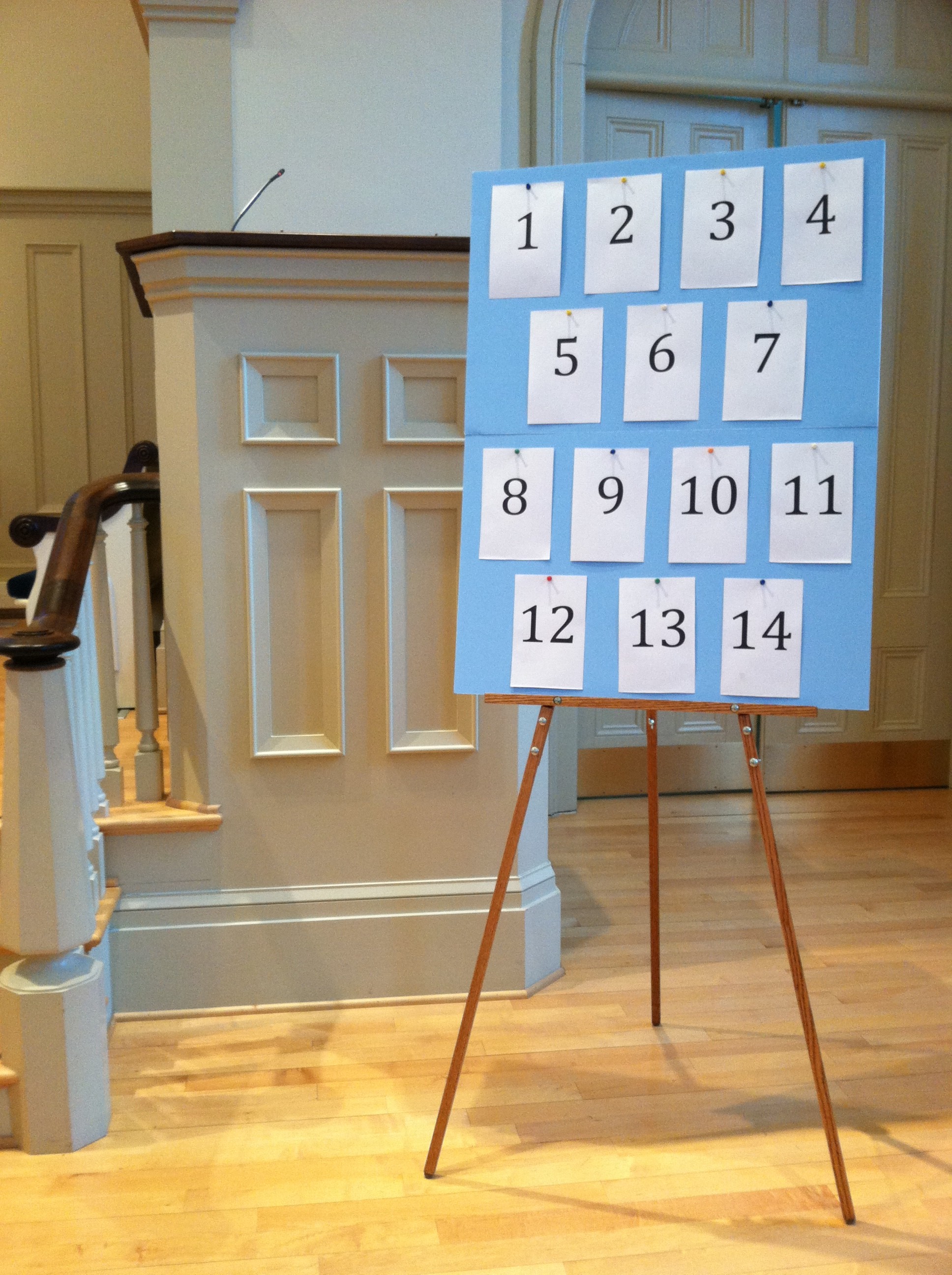

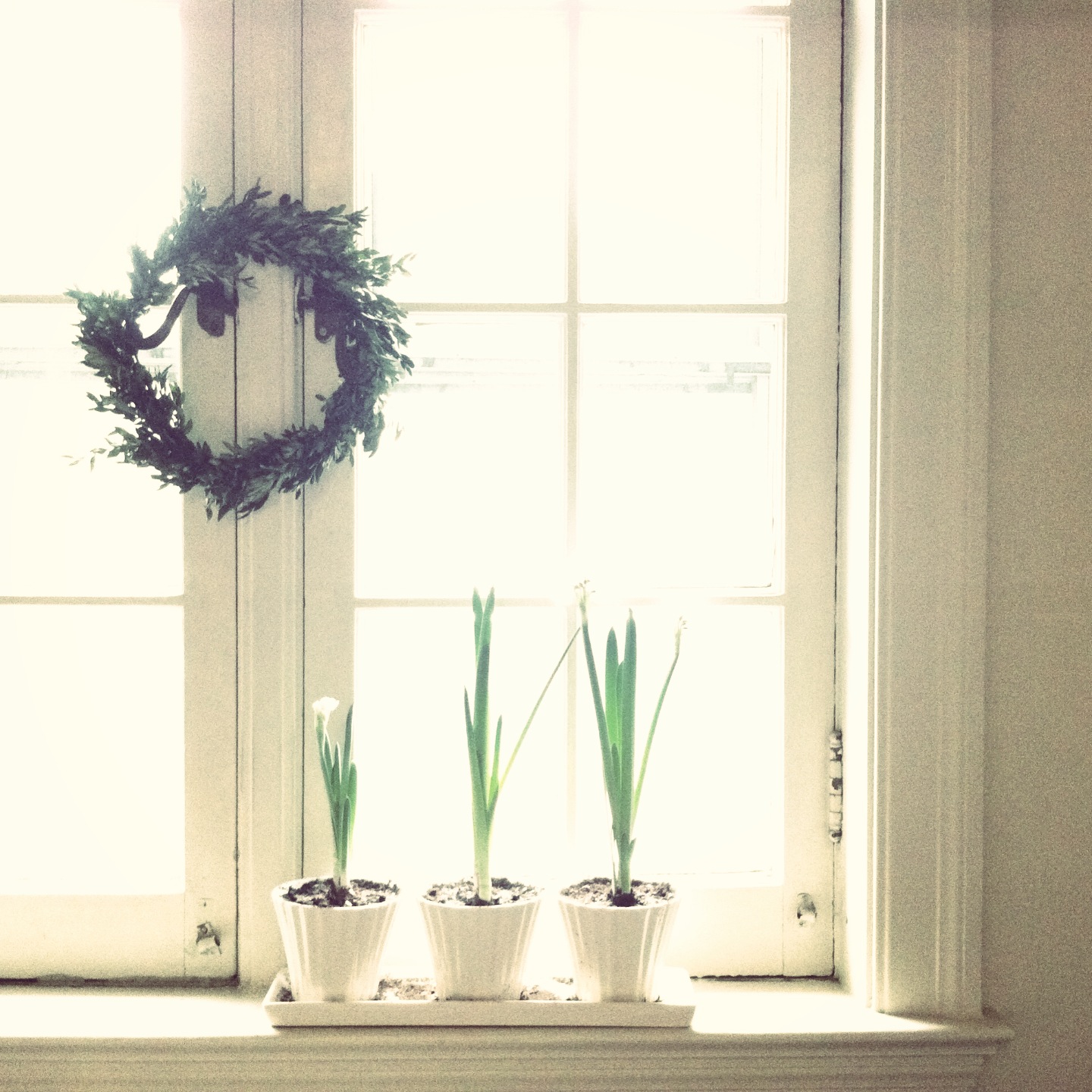 It's been a few months since I wrote about my
It's been a few months since I wrote about my 




